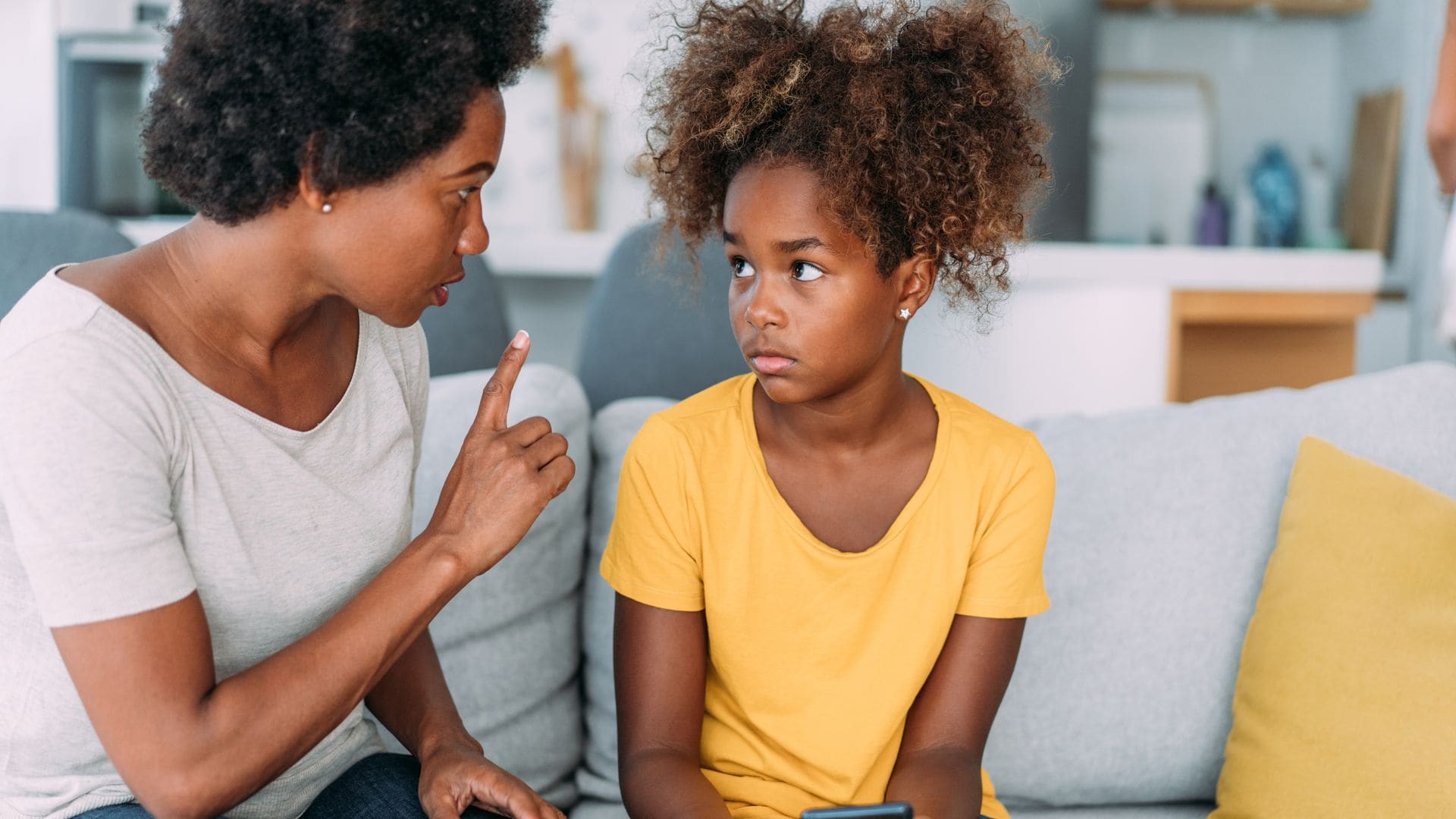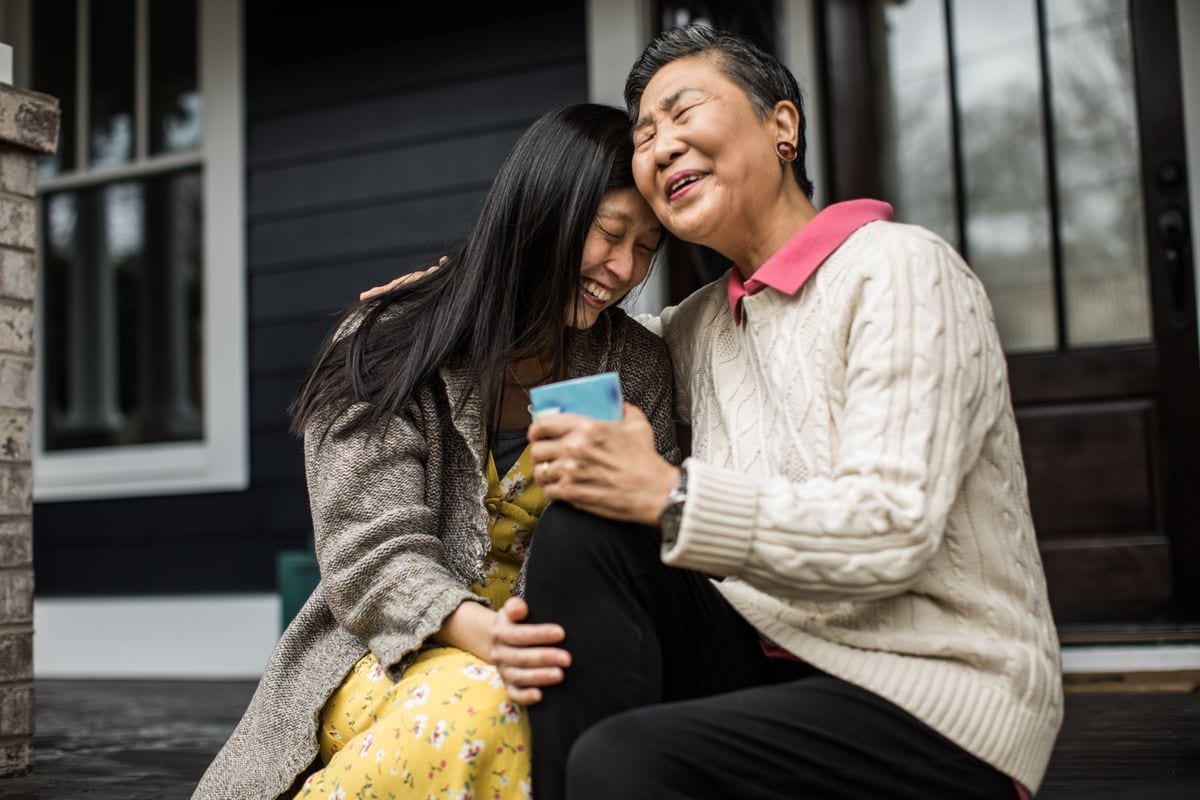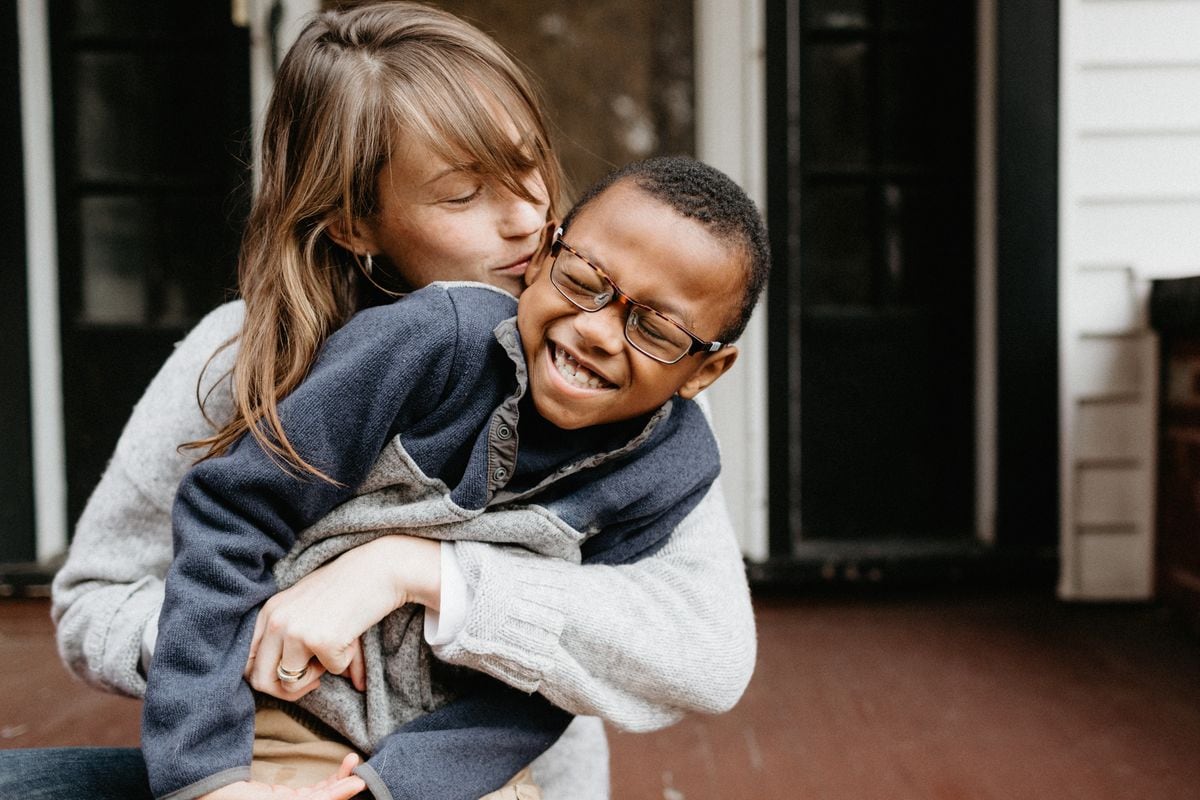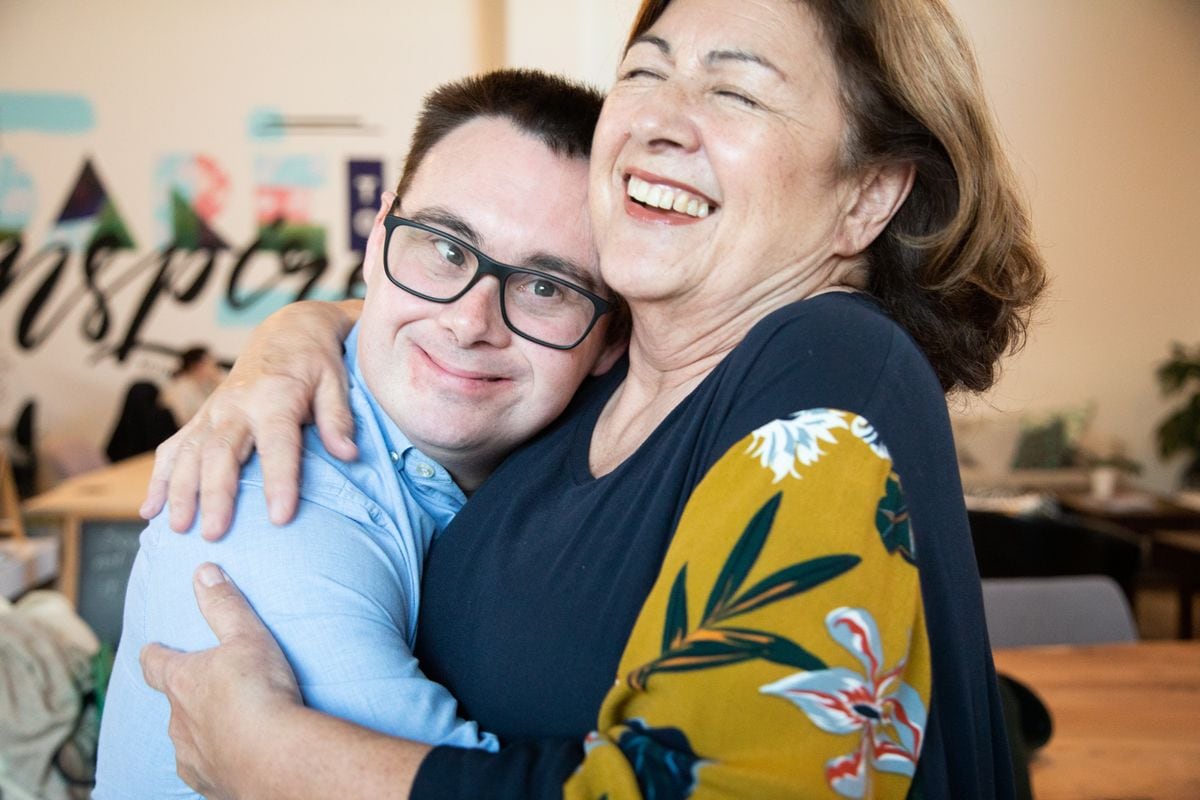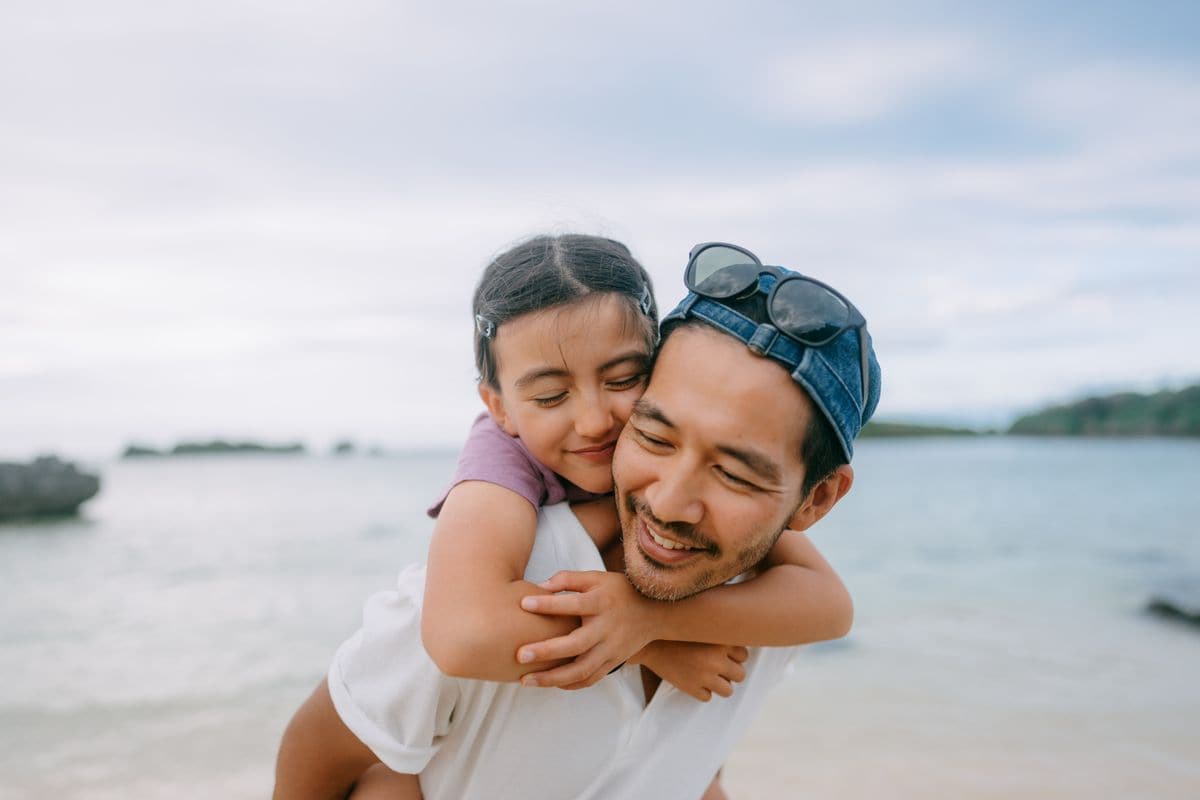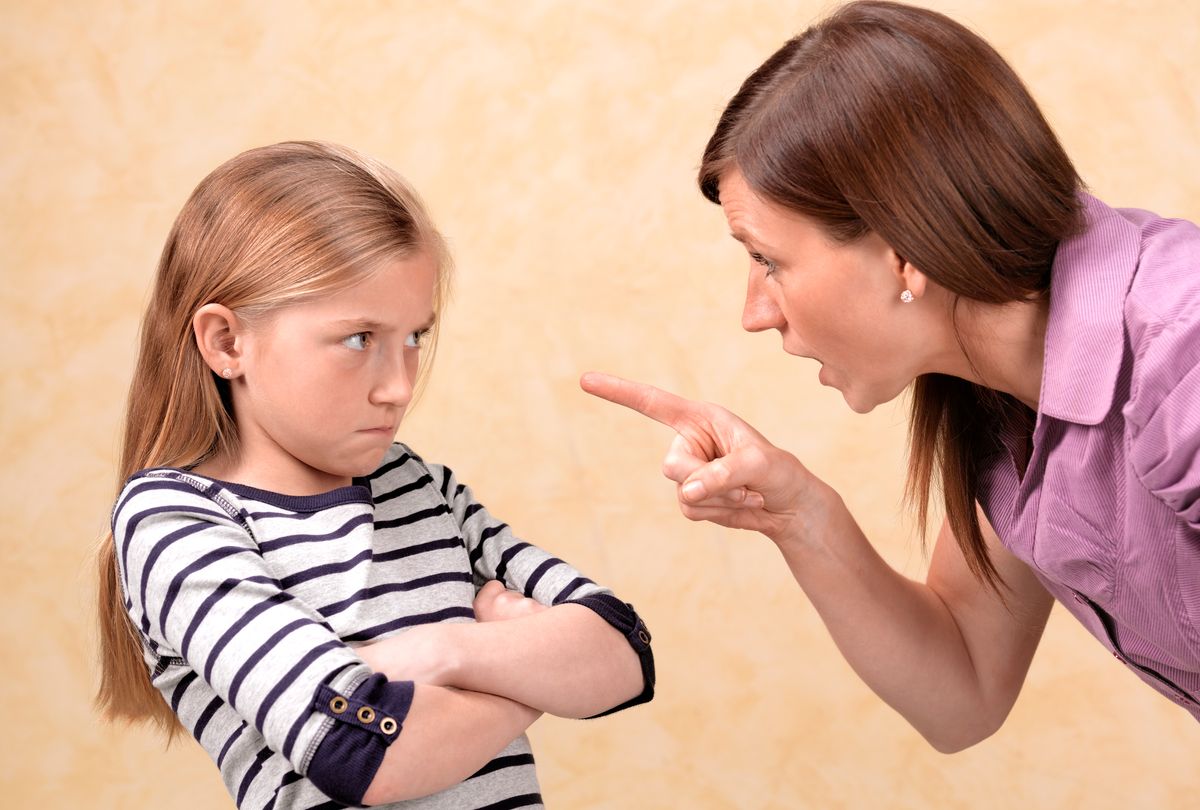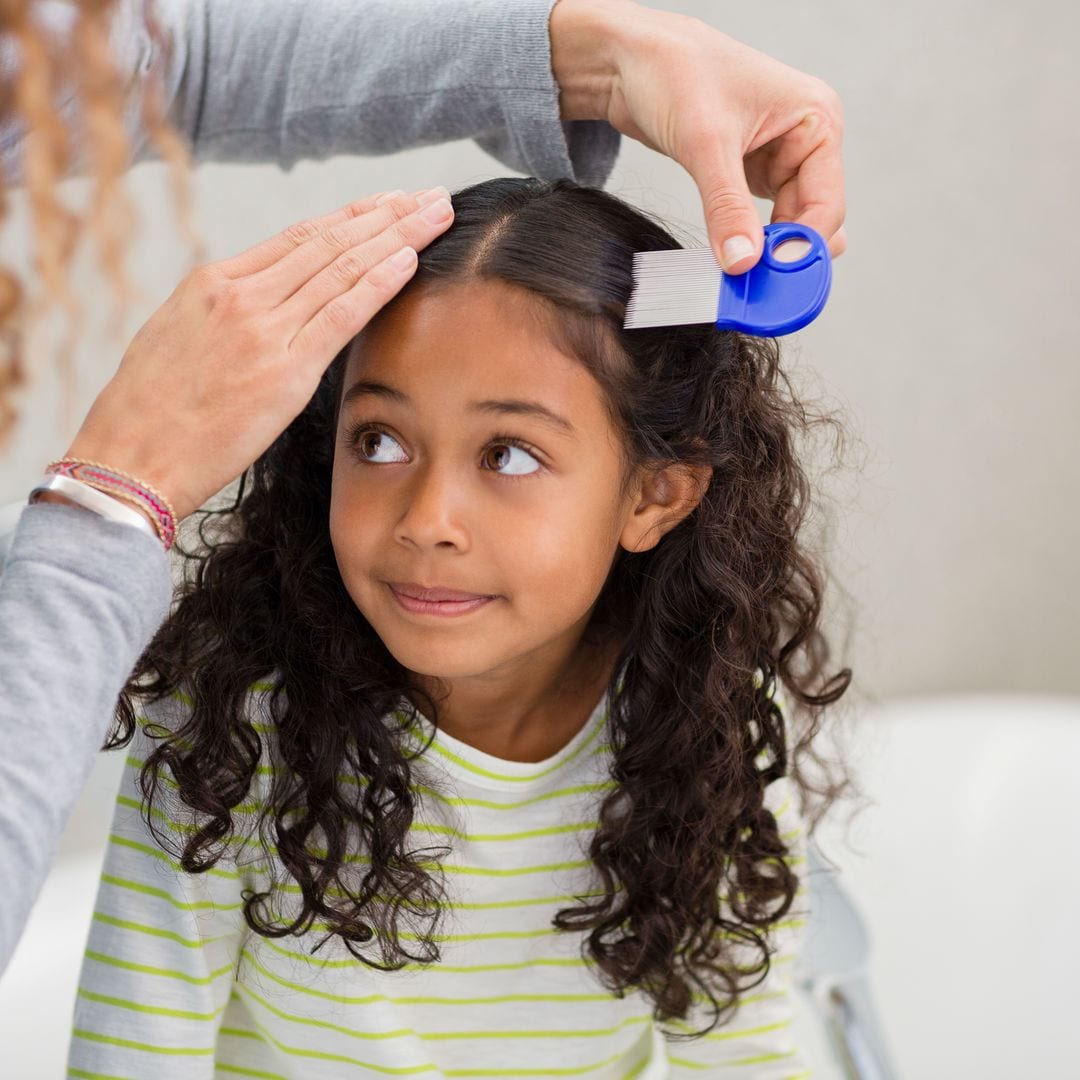Parenting debates can feel endless, but few spark as much passion as gentle parenting vs traditional discipline. Parents want calm homes, emotionally healthy kids, and practical tools that don’t just work in the moment but also build long-term resilience. The question isn’t which “camp” you belong to; it’s whether your approach grows the skills your child needs for life.
Across cultures, generations, and social feeds, one truth emerges: children thrive when warmth and structure show up together. That balance may look different from toddlerhood to adolescence, and from one family to another. But the core goal is to guide emotional growth, protect the relationship, and set clear, predictable limits.
For this ¡HOLA! feature, we spoke with top therapists, psychologists, and parenting educators. They cut through the myths, highlight what research actually shows, and share practical strategies you can use tonight at bedtime.
What Sets Gentle Parenting Apart
“Gentle parenting centers on connection, empathy, and teaching. It views misbehavior as communication of an unmet need rather than willful defiance,” explains Anat Joseph, LCSW and psychoanalyst. “Traditional discipline tends to prioritize obedience and external control. Gentle parenting leans into relational repair and explanation, while traditional discipline often emphasizes compliance and consistency.”
This distinction matters. One style is about teaching kids to regulate themselves, the other about controlling behavior in the moment. The long-term impact, experts say, can be profound. “Gentle parenting doesn’t avoid limits,” adds Sandra Kushnir, LMFT, founder of Meridian Counseling. “It delivers them in a way that is collaborative, consistent, and rooted in relationship.” In other words, gentle parenting is not “anything goes.” The rules are there, they’re just delivered with empathy instead of fear.
The Cultural Lens
Parenting doesn’t exist in a vacuum; culture shapes it. “For collectivist cultures, obedience and respect for elders define good discipline, while self expression and autonomy are prioritized in more individualistic cultures,” notes Dr. Michelle Chung, co-founder of The Modern Asian Parent. “What is effective is typically reflective of broader cultural values and even generational narratives of survival.”
This shows why a one-size-fits-all model doesn’t work. What feels supportive in one culture may feel stifling—or too lax—in another.
Is Gentle Parenting Just a Trend?
“The principles are longstanding, especially in Indigenous and relationship-based traditions,” says Dr. Chung. “What’s new is the science confirming that warm connection builds resilience.”
“Gentle parenting isn’t permissive. It’s what psychology has long called authoritative parenting: high warmth and high structure, with clear but respectful boundaries.”
Even so, Dr. Alice Davidson, professor of psychology, cautions that there is no single blueprint. “Gentle parenting seems more of a philosophy than a practice,” she explains. “Parents who call themselves gentle vary widely, some looking permissive, others more authoritative. What is new compared to 30 years ago is how time-intensive parenting has become. Parents today spend more time hands-on with their kids than past generations.”
What Research Shows
“Warmth, responsiveness, and reasonable structure predict better social, emotional, and cognitive outcomes,” says Joseph. “Authoritative parenting has the most robust positive outcomes. Purely authoritarian approaches are linked to higher anxiety and lower self esteem. Permissive parenting predicts poor self regulation.”
In short, children thrive best when parents combine warmth with consistency. Or as Keesha Scott, MS, co-founder of Guardian Recovery, puts it: “Kids do best with high warmth and firm, consistent boundaries. Harsh control may win quick compliance, but it’s tied to more anxiety and rebellion later.”
Busting the Myth: Gentle Equals Permissive
One of the loudest criticisms of gentle parenting is that it means never saying no. Experts disagree. “Gentle parenting and permissive parenting are not the same thing,” clarifies Kelly Oriard, family therapist and co-founder of Slumberkins. “Permissive parenting has few rules and little follow through. Gentle parenting sets firm expectations, but with empathy.”
Joseph agrees: “The risk of permissiveness arises when parents avoid discomfort and never enforce boundaries. Warmth plus consistent expectations is protective.”
The takeaway is that gentle parenting isn’t about eliminating boundaries—it’s about making them respectful and consistent.
The Tools: Time-Outs, Natural Consequences, and More
“Time-outs are often misunderstood,” says Dr. Davidson. “Used as a calm reset with a predictable duration and a reconnection afterwards, they can be effective and are not damaging when used appropriately.”
This reframes a tool many parents feel conflicted about. A time-out done calmly, with repair afterwards, can teach emotional regulation rather than shame. Natural consequences—like losing a toy if it’s misused—are also powerful teaching moments.
“Discipline tools aren’t inherently gentle or harsh. It’s all in how they’re used. Calm, consistent delivery builds safety and learning.”
Age Matters: Adjusting the Playbook
“Younger children need scaffolding and co-regulation,” says Joseph. “As kids grow, they need graduated autonomy and problem-solving. Adolescents require dialogue, clear expectations about safety, and mutual respect.”
Dr. Chung echoes this. “Respect and empathy are constant. For toddlers, that means redirection and co-regulation. For teens, it means collaborative problem solving and autonomy within safe boundaries.” This age-sensitive approach ensures kids aren’t just managed, they’re taught skills appropriate to their stage.
Emotional Health Over the Long Term
“When caregivers respond with empathy and help label feelings, children learn to identify and regulate emotions,” explains Joseph. “But when emotions are dismissed or shamed, kids may carry avoidance or mistrust into adulthood.”
Scott points out that grit comes from balance: “Warmth builds awareness. Grit grows when empathy is paired with firm expectations and accountability.”
If You Feel Torn
Many parents today feel stuck between being nurturing and being strict. The experts insist you don’t have to choose. “Aim for connection plus limits,” says Clarke-Fields. “Teach, don’t shame. Calm first, coach next, be consistent.”
Joseph suggests three daily practices: build connection through rituals, set simple rules and follow through, and teach emotional language. “And always be willing to repair,” she adds.
For parents who feel overwhelmed, Davidson offers reassurance: “Parenting is messy. Show warmth and consistent structure, stay flexible for each child, and remember—you’re preparing them for the long road ahead.”
Gentle parenting isn’t about letting kids run wild, and traditional discipline isn’t all bad. Research and experience show the healthiest approach is authoritative, empathetic, plus consistent. Keep the relationship strong, keep the limits clear, and keep teaching skills your child can carry into adulthood.
Modern Mami is a parenting and lifestyle column by ¡HOLA! Senior Writer Shirley Gómez, a Latina millennial mom raising a toddler. Focused on the realities of modern motherhood through a Latina lens, the column covers topics ranging from wellness and culture to parenting tips and expert advice.
